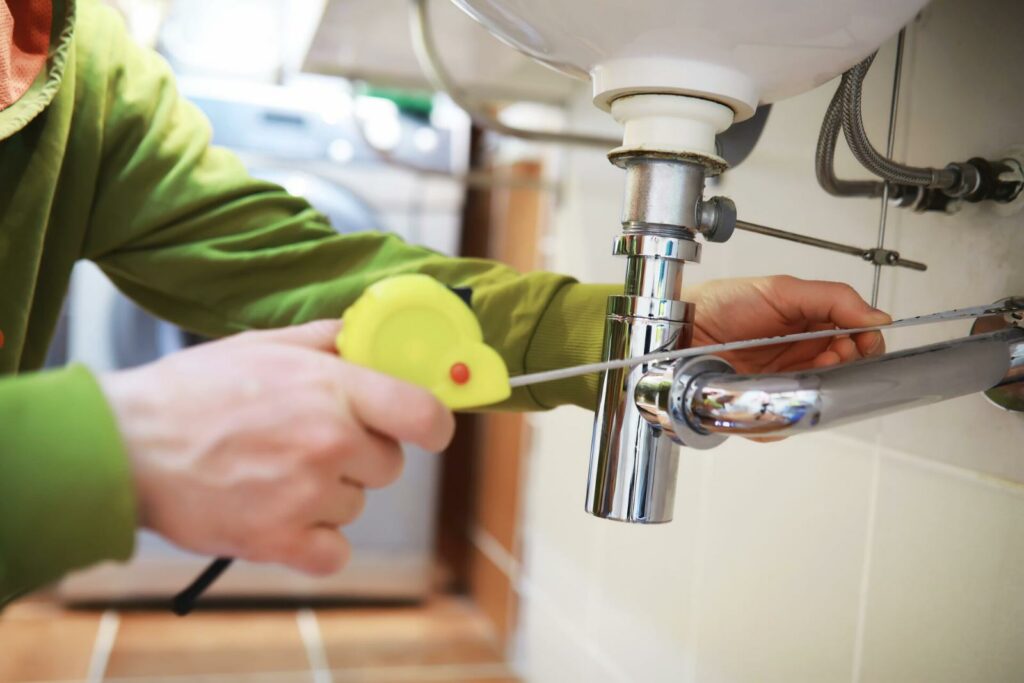Imagine your home as a fortress, protecting you from the outside world. But what happens when the fortress is compromised by a plumbing disaster? Suddenly, your safe haven becomes a chaotic mess.
That’s where sump pumps come in, acting as the unsung heroes of plumbing maintenance. These reliable devices work tirelessly behind the scenes, safeguarding your basement from flooding and preventing costly water damage.
However, not all sump pumps are created equal. In this ultimate guide, we will explore the key factors to consider when choosing a long-lasting sump pump and provide you with maintenance tips to ensure its longevity.
So, get ready to fortify your fortress and keep those plumbing disasters at bay.
Key Takeaways
- Sump pumps are crucial for preventing basement flooding, reducing the risk of mold and mildew growth, protecting the foundation of your home, and minimizing water damage.
- There are different types of sump pumps available, including submersible, pedestal, battery backup, combination, and water-powered sump pumps.
- When choosing a sump pump, important factors to consider include pump capacity and power, type of switch mechanism, durability and construction materials, noise level during operation, and energy efficiency.
- Proper installation tips include locating the lowest point in the basement, installing a sump pit if necessary, connecting the pump to a dedicated electrical circuit, positioning the pump correctly for easy maintenance, and regularly testing the pump to ensure proper functioning.
Types of Sump Pumps
There are several different types of sump pumps available for your plumbing maintenance needs. When it comes to protecting your home from flooding and water damage, having a reliable sump pump is crucial.
One type of sump pump that you may consider is a battery backup system. These systems are designed to provide an additional layer of protection in case of power outages or pump failures. With a battery backup system, you can rest easy knowing that your sump pump will continue to function even when the power goes out.
Another type of sump pump is the pedestal sump pump. These pumps are installed above the sump pit, making them easier to access and maintain. They’re also known for their durability and long lifespan. However, it’s important to note that pedestal sump pumps may not be as powerful as other types of pumps, so they may not be suitable for areas with heavy water flow.
If you’re looking for a sump pump that’s more discreet and hidden from view, a submersible sump pump may be the right choice for you. These pumps are installed inside the sump pit and are designed to be submerged in water. They’re typically more powerful than pedestal pumps and can handle larger volumes of water. However, the installation process for submersible sump pumps may be more complicated and require professional help.
Factors to Consider When Choosing a Sump Pump
When choosing a sump pump, it’s important to consider several factors that will ensure its effectiveness in protecting your home from flooding and water damage. One crucial factor to consider is the sump pump installation. You need to decide whether you want a pedestal or a submersible sump pump. A pedestal pump is installed above the sump pit, while a submersible pump is placed inside the pit. The choice between the two depends on your preference and the available space in your basement.
Another factor to consider is the sump pump capacity. This refers to the amount of water the pump can handle in a given time. It’s important to choose a sump pump with a capacity that’s suitable for your specific needs. If you live in an area with heavy rainfall or frequent flooding, you may need a pump with a higher capacity. On the other hand, if you live in an area with less rainfall, a pump with a lower capacity may be sufficient.
Additionally, you should consider the power source of the sump pump. Most sump pumps are powered by electricity, but it’s a good idea to have a backup power source in case of a power outage. This can be in the form of a battery backup or a generator.
Lastly, you should also consider the durability and reliability of the sump pump. Look for a pump that’s made from high-quality materials and has a good track record of performance. Reading customer reviews can also provide valuable insights into the reliability of different sump pump brands.
Maintenance Tips for Long-lasting Sump Pumps
Regular maintenance is crucial to ensure the longevity and optimal performance of your sump pump. By following these maintenance techniques, you can prevent common sump pump problems and keep your system running smoothly:
- Clean the pump and pit: Regularly remove any debris or dirt that may have accumulated in the pit or around the pump. This will help prevent clogs and ensure proper functioning.
- Test the pump regularly: It’s important to test your sump pump at least once every few months. Pour water into the pit and ensure that the pump activates and removes the water effectively. This will help you identify any issues before they become major problems.
- Inspect the discharge pipe: Check the discharge pipe for any blockages or obstructions. Make sure that the pipe is securely connected, and that water can flow freely through it. If you notice any issues, clear the blockage or contact a professional for assistance.
- Check the float switch: The float switch is responsible for activating the pump when the water level rises. Ensure that the switch is moving freely and not obstructed by any objects or debris. If the switch isn’t functioning properly, it may need to be replaced.
Signs of a Failing Sump Pump
If your sump pump is not functioning properly, there are clear signs that indicate its failure. It is important to be aware of these signs so that you can address any issues with your sump pump as soon as possible. Here are some common sump pump problems and troubleshooting tips to help you identify if your sump pump is failing:
| Signs of a Failing Sump Pump | Troubleshooting Tips |
|---|---|
| Frequent cycling on and off | Check the float switch for debris or obstruction. Adjust the switch if necessary. |
| Strange noises or vibrations | Inspect the motor for loose or worn-out parts. Lubricate the motor if needed. |
| No water discharge | Check the discharge pipe for clogs or freezing. Clear any obstructions and insulate the pipe if necessary. |
| Water leakage around the pump | Inspect the pump for cracks or loose connections. Tighten connections or replace the pump if needed. |
These signs and troubleshooting tips can help you diagnose common issues with your sump pump. It is important to address these problems promptly to prevent further damage and ensure the proper functioning of your sump pump. Regular maintenance and inspection of your sump pump can also help prevent these issues from occurring in the first place. By staying vigilant and taking proactive measures, you can ensure that your sump pump is always in good working condition, providing the necessary protection for your home against flooding and water damage.
Top Brands for Reliable Sump Pumps
Looking for reliable sump pumps? Investing in a high-quality sump pump is essential for protecting your home from flooding and water damage.
When choosing a sump pump, consider the best features that suit your needs and follow proper installation tips to ensure its effectiveness. Remember to consult with a professional plumber to determine the right size and type of sump pump for your home. With a reliable sump pump from a top brand, you can have peace of mind knowing that your home is protected from potential water damage.
Wrap-Up
Choosing a long-lasting sump pump is essential for proper plumbing maintenance. By considering factors such as pump type, capacity, and durability, you can ensure reliable performance.
Regular maintenance and prompt attention to signs of failure will also extend the lifespan of your sump pump. Look for reputable brands known for their reliability to make an informed decision.
With a high-quality sump pump, you can keep your basement dry and protect your home from potential water damage.

